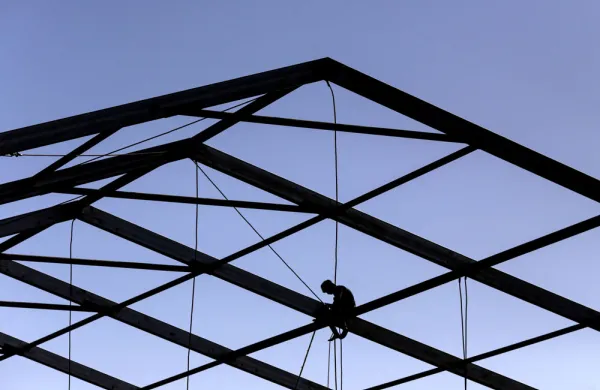Russia and South Africa are doing their part to make investors in palladium richer. The two nations account for almost 80 percent of global supply. The Russia-Ukraine standoff and a miners’ strike in South Africa helped push prices to a two-and-a-half-year high of $802 an ounce on April 11.
But palladium was already doing fine, notes James Steel, chief precious metals analyst at HSBC Holdings in New York. More than half of demand comes from the auto industry, which uses it for catalytic converters and particulate filters. For the aptly named Steel, the central question is how big stockpiles are in Russia, where he expects production to edge lower: “Anybody that will tell you doesn’t know, and those that know won’t tell you.”
Russia has little palladium left in the vault, according to Grant Sporre, a London-based commodities strategist with Deutsche Bank. But there’s no imminent worldwide shortage, adds Sporre, who says exchange-traded funds backed by the physical metal offer the best and purest exposure. Palladium prices have topped $800 before but struggled to stay there long, he explains. “We would expect any easing of tensions in the Ukraine and the end of the South African strike to lead to an unwinding of long positions and prices to drift below the $800 level.” • •
Get more on asset management.





